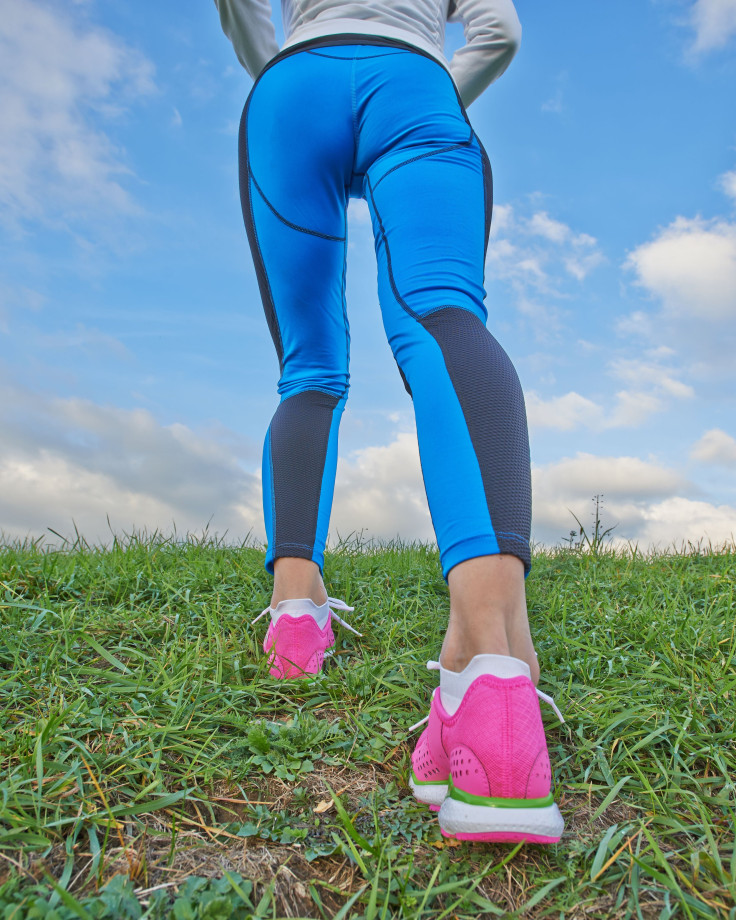Exercise May Not Be Enough: Why Having A Day Filled With ‘Background Activities’ Is So Important

Exercising once a day for an hour or so is known to have excellent health benefits. But what about the rest of the day when you’re sitting at the computer, or on the couch watching TV? A new study points to the importance of staying active throughout the day, in addition to a short period of rigorous exercise: day-long activities can lead to healthier aging.
“Engaging in regular exercise is still important,” lead author Elin Ekblom-Bak, of the Åstrand Laboratory of Work Physiology at the Swedish School of Sport and Health Sciences in Stockholm, told Reuters. “We saw that those who exercised regularly and that also had a daily physically active life had the lowest risk profile of all.”
Even if you’re doing your required 30 minutes to an hour of exercise per day, you still may be at risk of sitting far too much the rest of the day, which could lead to an increased chance of heart disease and mortality. “We have known for 60 years that physical activity is important for the heart,” Ekblom-Bak told Reuters. But research mostly focuses on workouts or aerobic exercise, rather than the “background activity” done during daily life. The study reviewed over 3,900 men and women over the age of 60, and found that people who reported more active lifestyles tended to have smaller waists. The participants were followed for 12.5 years, and the researchers found that people who had reported high levels of non-exercise activity were not as likely to have a cardiovascular event (such as a heart attack) and less likely to die than those who were more inactive.
A study released earlier this year highlighted the positive effects gardening and other household chores could have on cardiovascular health; researchers found that people who gardened had a decreased risk for heart attack or stroke.
But on the other hand, dropping an exercise routine from your schedule completely, and only doing “background activity” — mowing the lawn or washing dishes — may not be enough to count for your recommended dose of 30 minutes of moderate to vigorous exercise per day. Another study found that people who counted “household chores” as exercise were actually more overweight than people who did not count such work as actual exercise. “Domestic physical activity accounts for a significant proportion of self-reported daily moderate to vigorous physical activity particularly among females and older adults,” the authors wrote. “However such activity is negatively associated with leanness, suggesting that such activity may not be sufficient to provide all of the benefits normally associated with meeting the physical activity guidelines.” A good balance of an active lifestyle would include strenuous activity, such as jogging or biking, along with several hours per day of standing, walking, gardening, and other “background activities.”
“These are fascinating findings,” David Dunstan, of the Baker IDI Heart & Diabetes Institute in Melbourne, Australia, told Reuters, “but not really surprising since other studies that have looked at this from a different angle — that is, describing the detrimental relationship between excessive sitting and mortality outcomes — are essentially showing the same thing but in reverse because there is such a high correlation between sitting time and non-exercise physical activity behaviors.” When we are sitting, we aren’t using our muscles, and our blood flow decreases. Sitting also decreases the activity of lipoprotein lipase (LPL), which assists in burning fat.
The World Health Organization (WHO) writes on its website: “The term ‘physical activity’ should not be mistaken with ‘exercise.’ Exercise is a subcategory of physical activity that is planned, structured, repetitive … Physical activity includes exercise as well as other activities which involve bodily movement and are done as part of playing, working, active transportation, house chores, and recreational chores.”
Source: Ekblom-Bak E, Ekblom B, Vikstrom M, et al. The importance of non-exercise physical activity for cardiovascular health and longevity. British Journal of Sports Medicine. 2013.



























